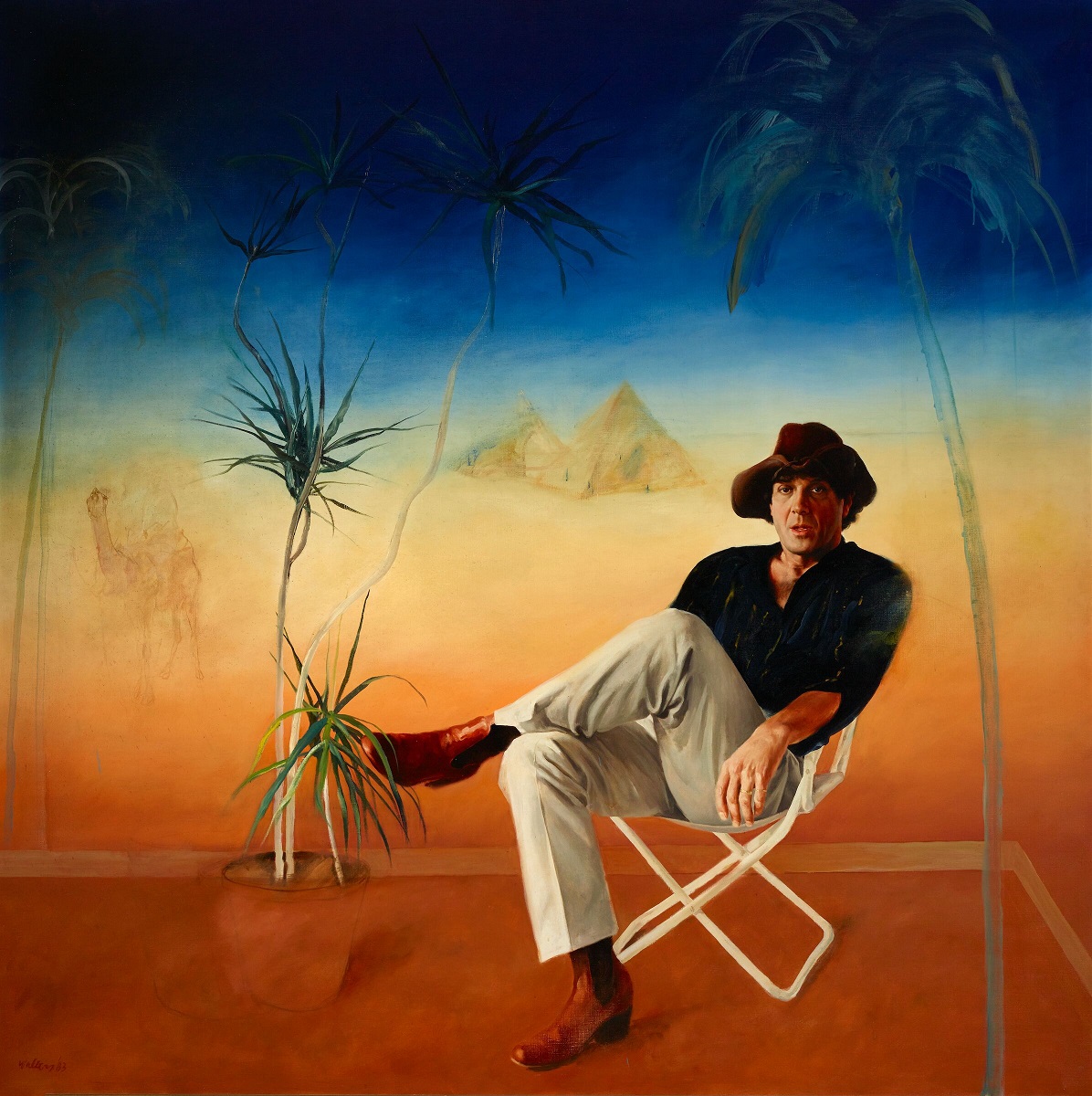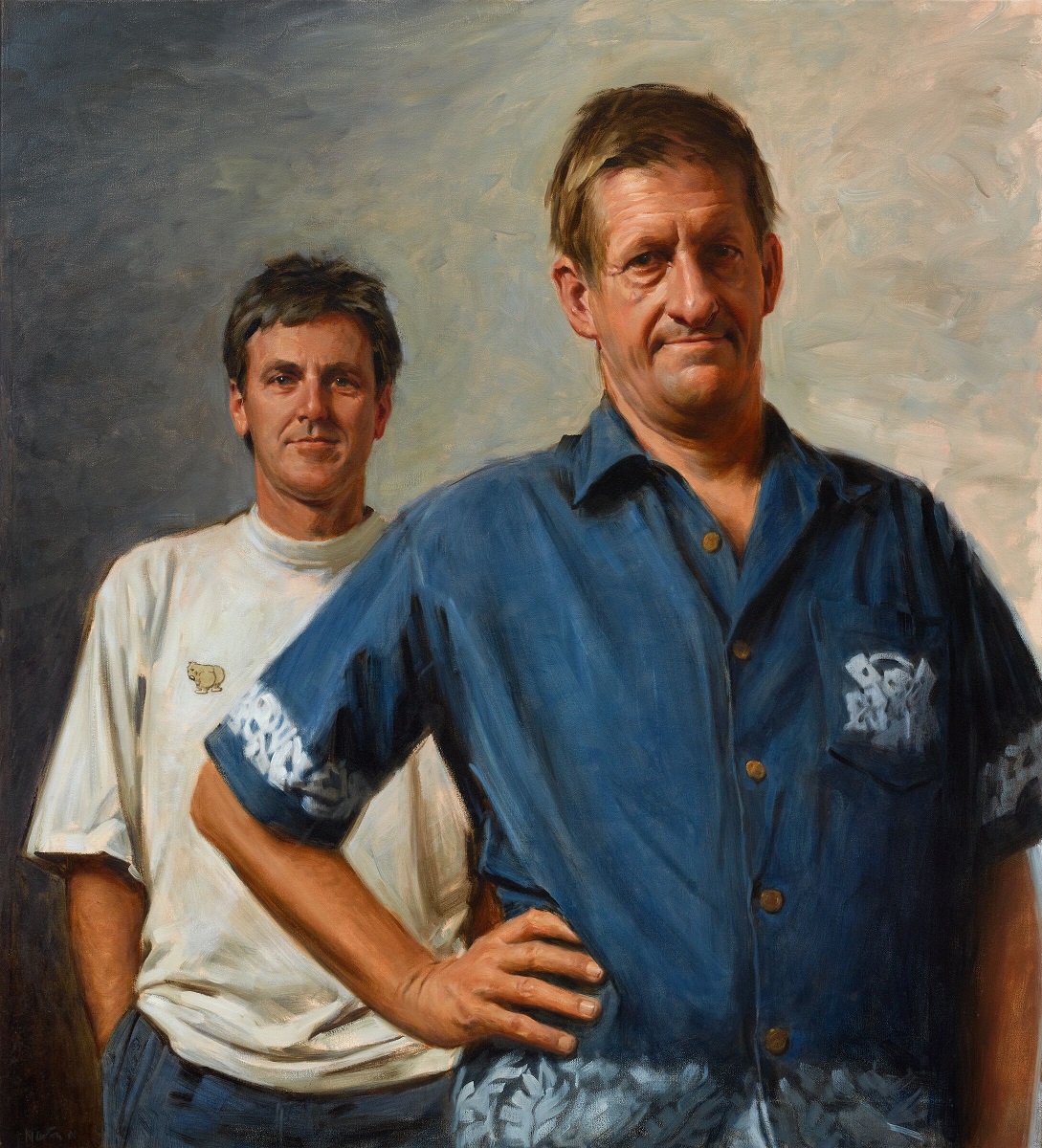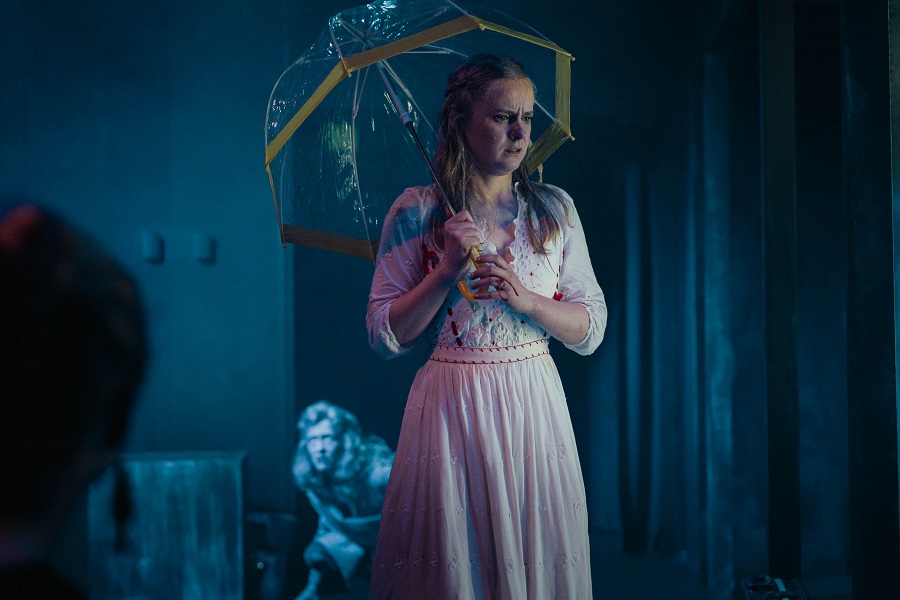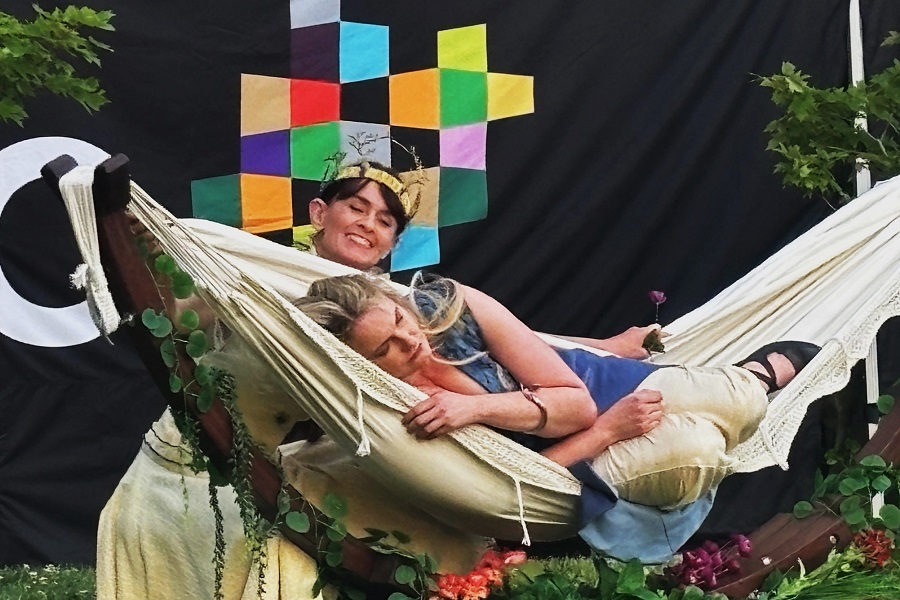
Art / “Archie 100: A Century of the Archibald Prize”. At National Portrait Gallery, to January 29, 2024. Reviewed by ROB KENNEDY.
EVEN at 100, the Archibald Prize demonstrates that the power of portraiture still has us fascinated.
This exhibition explores the rich history of the much-loved Archibald Prize through 100 carefully selected works.
I have attended almost every Archibald Prize exhibition over the last 40 years. It’s an annual ritual to go to the big smoke and see what’s on offer in this most debated exhibition held at the Art Gallery of NSW. No other art prize causes more consternation or argument than what we lovingly call the “Archies”.

More than 6000 artworks have been shown in the Archibald Prize to date. From collections all around Australia and internationally, this selection honours the artists that have made the Archies the exhibition that we love, and for some, love to hate. “Archie 100: A Century of the Archibald Prize”, ends its national tour here in Canberra at the home of portraiture, the National Portrait Gallery.
Peering out from their frames, many old friends reemerged to show their faces again. Unknown or forgotten works were also on display, but all represented a collective memory of people who have gone to make up Australia.
From 1945, the artwork titled “Mr and Mrs Horace Keats in the ‘Christopher Brennen Cycle’”, by Dora Toovey, is a transfixing work of three ghostly figures reaching out from the past to haunt the present.
Of course, the famous works from Whiteley, Sharpe, Olsen and Clifton Pugh’s portrait of Gough Whitlam, 1972, and the startling Yvette Coppersmith “Self Portrait, after George Lambert”, from 2018, that year’s winner, all these and 95 more make up this historical exhibition.

Paul Newton’s painting of “Roy and HG”, 2001, is so lifelike, it’s as if they were standing in the same room, as is “Molly”, 1983, by Wes Walters’ painting of Ian “Molly” Meldrum, which sits aside “Roy and HG”, a perfect pairing.
Over the 100 years of the Archies, the changing artistic styles and public acceptance, or not, is most evident. From early tonalist methods to today’s graphic concepts, the Archibald has had it all.
But it has lacked in some areas. Such as over its 100 years, only 11 women artists have won the grand prize. That belies the one-third of all Archibald artists who have been women.
For all its faults and controversies, the Archibald Prize still draws enormous crowds in Sydney and wherever it goes, as it should. Let’s hope that it will continue to do so for the next 100 years and beyond.
Who can be trusted?
In a world of spin and confusion, there’s never been a more important time to support independent journalism in Canberra.
If you trust our work online and want to enforce the power of independent voices, I invite you to make a small contribution.
Every dollar of support is invested back into our journalism to help keep citynews.com.au strong and free.
Thank you,
Ian Meikle, editor




Leave a Reply